ProcTwin develops digital tools to better understand and optimise key steps in steel production. By combining process simulations, machine learning, and sensor data, the project supports more efficient energy use and improved product quality across the production chain.
Objectives in short
- Augmenting existing physically-based numerical models with machine learning and generating critical data that is impossible to measure or observe.
- Development of novel sensors and data integration for a secure and effective sharing of industrial data.
- The innovative concept of ProcTwin is the development of adaptive distributed machine learning to predict the process chain interactions using a large number of parameters.
Demonstration Platform and Methodology
ProcTwin aims to develop a demonstration platform to predict and visualise the best use of multiple processing steps in a steel manufacturing chain. The methodology includes intelligent coupling of interconnected processing steps by numerical simulation, soft sensors, process data and distributed machine learning.
Integrated Modelling for Process Optimisation
Integrated numerical modelling that captures the interactions, relations, and feedback loops between various processing stations enables prediction for smart optimisation of energy efficiency and product quality in steel manufacturing. Continuous casting, reheating, hot metal working, quenching, and levelling processes are examples that are controlled separately but strongly interconnected in terms of parameters.
Sustainability and Digital Tools
These processes serve as objective functions in two parallel use cases at Celsa (ES) and SSAB (SW).
It is well known that process optimisation can have a significant effect on reducing carbon footprint in steel production, and implementing new digital tools will enable a faster transition towards a sustainable industry.
Work Packages
ProcTwin is divided into clear work packages to reach the objectives: one is the adaptation of existing physically based numerical models of each process step to generate critical data that is impossible to measure or observe. Another is the development of novel sensors and data integration for a secure and effective sharing of industrial data.
The innovative concept of ProcTwin is the development of distributed machine learning to predict the process chains with large amounts of parameters. Lastly, these technologies will be combined through a demonstrator platform to model the manufacturing processes and enable control for increased product quality, energy efficiency and operator support.
Project Coordinator
Johan Lindwall, Swerim
Project Details
- Grant agreement ID: 101178721 (cordis.europa.eu)
- Call: cordis.europa.eu/programme/id/HORIZON_HORIZON-CL4-2024-TWIN-TRANSITION-01-44/en
- Official ProcTwin website: www.proctwin.eu


